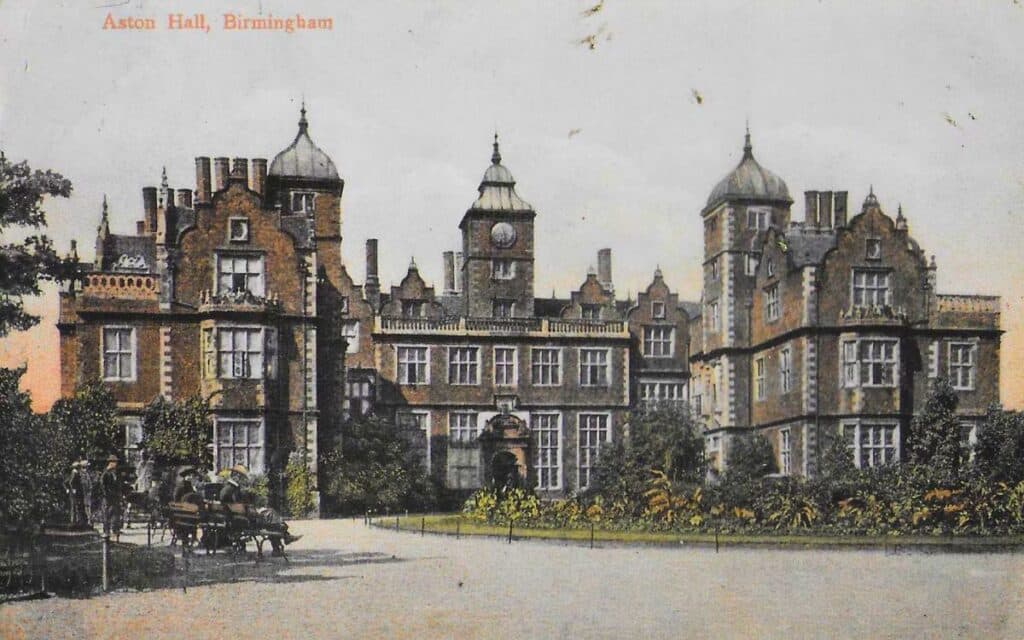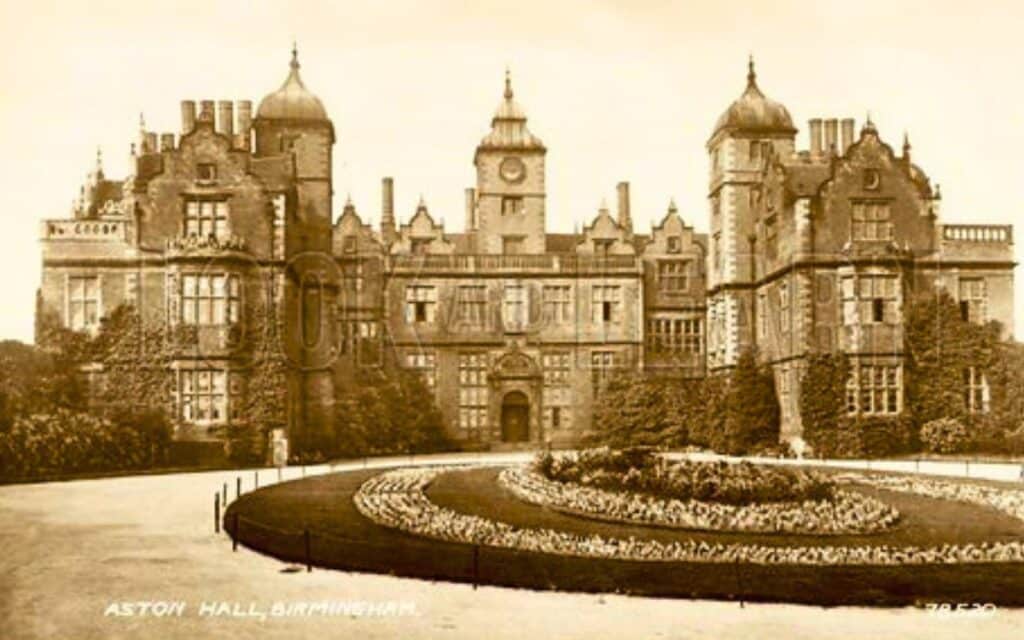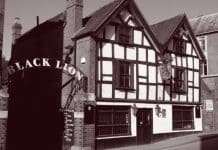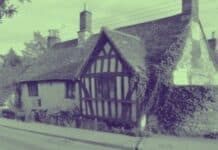Aston Hall in Birmingham, near Aston Villa’s football ground, blends Jacobean grandeur with haunting tales, drawing history and ghost enthusiasts alike

Just a stone’s throw from Aston Villa’s football ground, stands a Jacobean gem that has more than just history etched into its walls.
Aston Hall, a sprawling 17th-century mansion, is celebrated as much for its architectural splendour as it is for the restless spirits said to linger within its grand halls.
This stately home, known for its haunting beauty, has intrigued ghost hunters, curious tourists, and local legend lovers for centuries.
History of Aston Hall
Aston Hall’s foundations were laid in 1618 by Sir Thomas Holte, a man whose reputation as a quarrelsome, even tyrannical figure would become part of the house’s spectral lore.
Holte’s lavish residence, completed in 1635, was one of the last great Jacobean houses, a prodigy house designed to awe visitors with its grandeur.
In its early years, the hall witnessed the turmoil of the English Civil War, suffering significant damage after an attack by Parliamentary forces in 1643.
This turbulent history, coupled with Sir Thomas’s stern personality and the tragic tales of his family, created the perfect storm for ghostly whispers to take root.
The Holte family remained at Aston Hall for almost 200 years before it passed into municipal ownership in 1864, making it one of the first country houses to be preserved by a local authority.
Today, it stands as a museum, allowing the public to explore its lavish rooms – and perhaps catch a glimpse of something otherworldly.
The Ghostly Inhabitants of Aston Hall
Many visitors to Aston Hall come for more than its historical significance; they come for the spirits.
Over the centuries, staff, visitors, and paranormal investigators alike have reported eerie encounters with a host of ghostly residents.
While there are many tales, three apparitions have left the deepest mark: the Grey Lady, the Green Lady, and the tragic boy named Dick.
The Grey Lady
Perhaps the most sorrowful figure at Aston Hall is the Grey Lady, believed to be Mary Holte, Sir Thomas’s own daughter.
According to legend, Mary fell in love with a man her father deemed unsuitable. Furious at her defiance, Sir Thomas is said to have locked her away in a room at the top of the house for 16 long years.
Some say she died of natural causes after years of neglect, while others insist she met her end while trying to escape, tumbling down the stairs to her death.
Many have reported sightings of a pale woman gliding through the corridors, especially near the staircase where she is said to have fallen.
In one of the most chilling reports, a guide recalled seeing a pillar of white light in the Hall’s Long Gallery, only to watch it dart upwards and vanish into the ceiling.
The Green Lady
Not all of Aston Hall’s spirits are as tragic as the Grey Lady, but the Green Lady is no less unsettling.
Thought to be Mistress Walker, Sir Thomas’s housekeeper, this spectral figure is often described as a middle-aged woman dressed in an unmistakable green gown, complete with a high collar, befitting the fashion of her time.
Her ghost seems particularly drawn to periods of renovation, perhaps disturbed by the constant changes to her beloved home. The Great Hall and the Housekeeper’s Room are said to be her favourite haunts.
One former guide reported spotting a woman in a green dress standing by a window. When he followed her into the next room, she had simply disappeared.
Another staff member, approaching closing time, saw the same spectral figure sitting calmly in a chair at the end of the Long Gallery, only for her to fade from view as he approached.
Dick the Houseboy
The most tragic of Aston Hall’s ghost stories is that of Dick, a young servant boy who reportedly took his own life after being accused of theft.
Locked in the servant’s quarters, Dick, terrified of the punishment awaiting him, hanged himself rather than face the wrath of his master.
While his appearances are rare, the sorrow that seems to surround this story makes it one of Aston Hall’s most poignant hauntings.

Aston Hall Today
Aston Hall remains a popular attraction for history buffs and ghost enthusiasts alike.
Following extensive renovations completed in 2009, the Hall has been carefully restored to its Jacobean glory, allowing visitors to step back in time.
The museum now hosts a series of period rooms showcasing art, furniture, and textiles from Birmingham’s rich history.
For those brave enough, ghost tours are regularly offered, inviting guests to explore the eerie corners of the Hall under the cover of darkness.
Special fright nights are also organised, where the stories of the Green Lady, Grey Lady, and Dick the houseboy are brought to life, ensuring visitors get the full haunted experience.
The Hall is open to the public from Easter through to October, Wednesday to Sunday, from 12 pm to 4 pm – but be aware, it’s closed when Aston Villa has a match at nearby Villa Park.
Aston Hall is more than just a step into the past; it’s a doorway into a world where the line between history and the supernatural is thin, indeed.
So, if you find yourself in Birmingham, and you’ve a taste for the ghostly, why not pay a visit? Who knows what – or who – might greet you as you walk through those grand oak doors?
Have you been to Aston Hall? Tell us if you saw anything strange at this haunted place in the comments section below!







